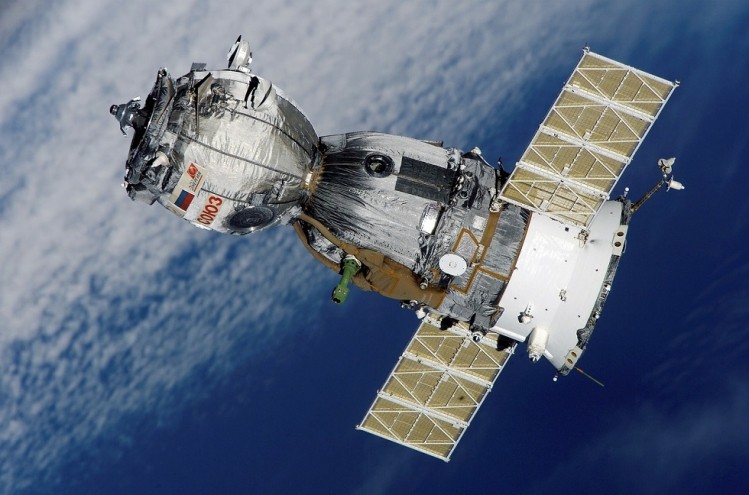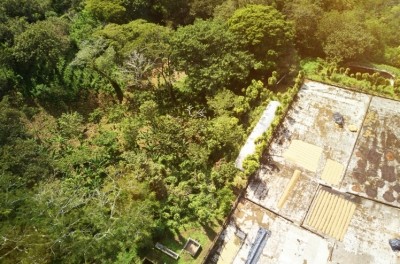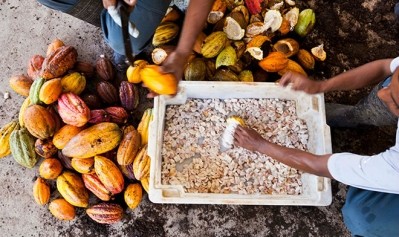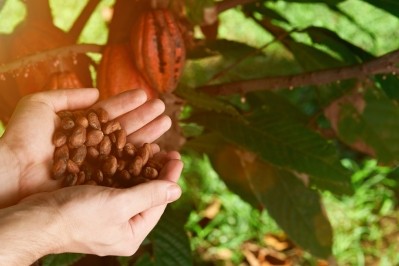Technology
Rainforest Alliance: Satellite tech can potentially provide ‘cheaper and more reliable’ sustainability certifications to chocolate makers

These chocolate makers would therefore be able to save more money and reinvest in farmers’ wellbeing, according to Rainforest Alliance’s senior innovation manager Henk van Rikxoort.
“Satellite tech will help cut certification cost, given that the amount of efforts to collect data for certification will be reduced,” he said. “Third-party certification organizations, including Rainforest Alliance, also need to pay external auditors. With the technology, the length of the external audition process can be reduced as well.
“We slowly rolled out our satellite technology over the past three years, and now it has become essential to tracking sustainability. It will also be integrated into our mainstream certification system – that’s a major breakthrough.”
Van Rikxoort added Rainforest Alliance’s certification process now takes both satellite images and data tracked on the farms into account.
Data collection: From paper to digital
Cocoa traders and farmers have traditionally gathered sustainability data through paperwork, which can be expensive and time-consuming, Van Rikxoort noted.
The data usually includes the size of farms, production volume and fertilizer that is being used.
He added: “It’s not easy to process and transform data on papers into useful information… when you type the second-hand information in the computer, it also increases the chances of errors.
“So we work with farmers to use tablets and smartphones to collect data on-the-go, which happens in an offline environment because, often time, those cocoa farms are in the remote areas.
“When they come back to an online environment, usually an office in the cooperative, their data will be automatically uploaded, analyzed and processed into a basic dashboard that says something about their certification status based on the sustainability criteria and other aspects in the cocoa supply chain,” said van Rikxoort.
“This information not only helps Rainforest Alliance, but many other big cocoa and chocolate companies that have much better insights on what’s happening on the ground and in the fields,” he added.
Precision agriculture
According to van Rikxoort, Rainforest Alliance’s SAT4Farming program has taken a step further from the original purpose of tracking cocoa farms’ sustainability level using satellite images – “it offers more specific and tailored farming advice to individual farmers.
“That’s what we call ‘precision agriculture’,” he said. “We learned the trick is not coming up with a lot of detailed information, but how we can put that in the hands of people on the ground so they can execute it.
“In Ghana for example, we’ve already seen plenty of things on cocoa farms via SAT4Farming, such as soil quality and water availability, so we know which part of their farm is prone to drought.”
Van Rikxoort said SAT4Farming, which is supported by Mars and large cocoa traders as Touton, will reach over 200,000 Ghanaian cocoa farmers in coming years.





